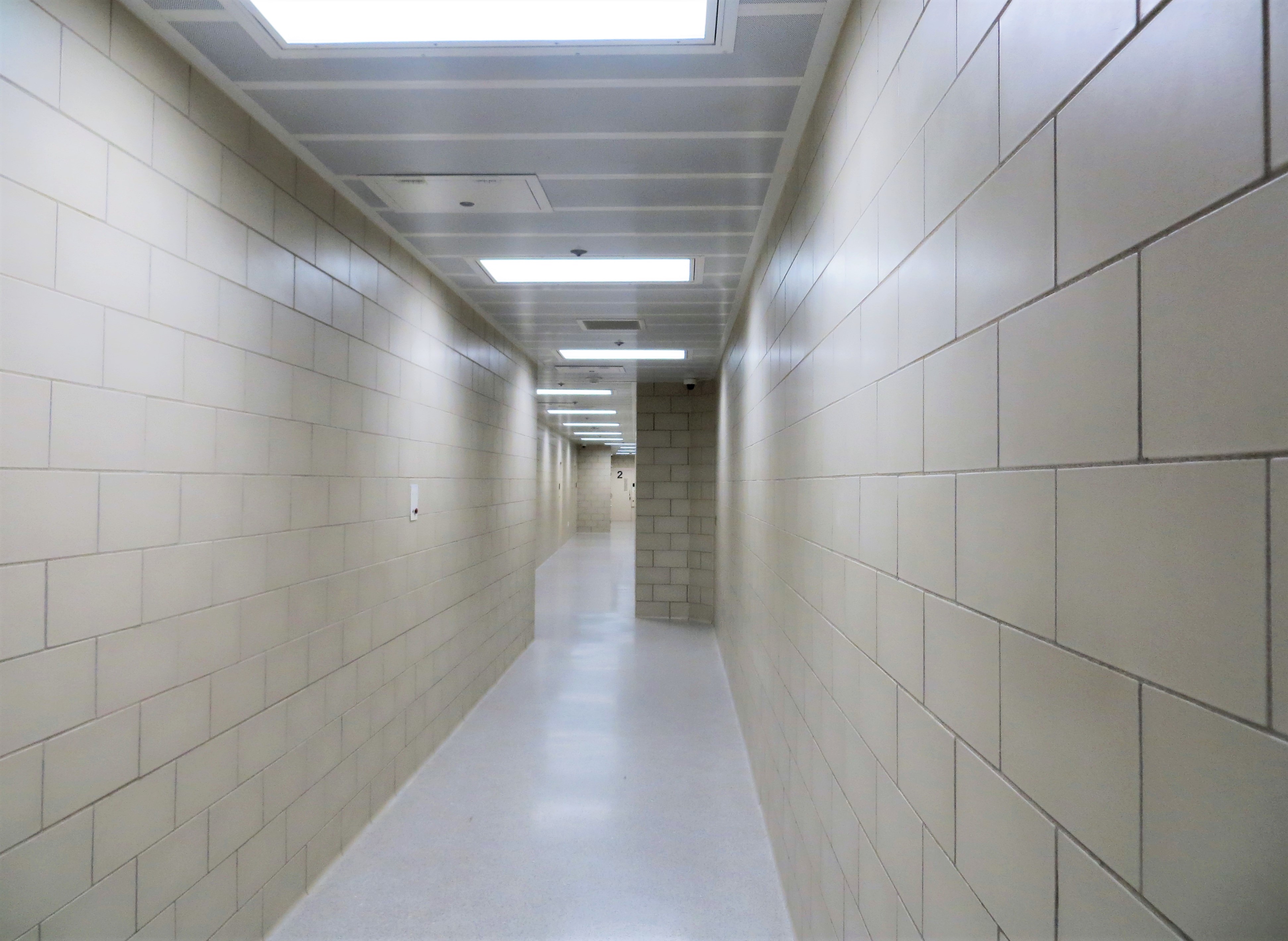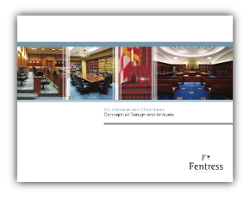Secured Circulation in Older Courthouses
In our last post on courthouse circulation, I described a historic Washington courthouse that lacked separate circulation routes for judges, prisoners, and the public. Today, I’d like to discuss how circulation issues in older courthouses can affect security—and what a courthouse planner can do to address those issues.
The Washington courthouse I visited not only had shared circulation routes, the hallways were extremely narrow. This created a heightened security risk due to unintended interaction between judges, prisoners, and the public. To mitigate the problem, electronic controls including CCTV cameras and duress alarms combined with manual control by security personnel were found to be necessary in the narrow corridors used by judges for courtroom access.
In situations such as this, security personnel may need to manually control circulation where secure and separate access cannot be achieved through architectural modifications or mitigated solely through electronic controls. As a general rule, the preferred alternative security solution will be a combination of security staff and electronic controls.
Security Personnel and Other Options
The following paragraphs describe how manual controls might be combined with CCTV cameras, electronic door locks, and intercom systems to create secure circulation for judges, prisoners, and jurors.
Judges’ Circulation: CCTV cameras linked to the courthouse security control center should be installed along the entire circulation path to monitor the judges’ movement when they are required to use public corridors between chambers and courtrooms. Duress alarms linked to the courthouse security control center may also be installed at select locations.
Prisoner Circulation: Restricted corridors for judges may be used for the movement of prisoners between a holding cell and the courtroom, provided that a formalized process is established to notify judges and judicial staff of prisoner movement. An electronic lockout system operated by the security personnel must also be installed to lock all doors bordering the restricted corridor. This is required to prevent unintentional entry by judges or judicial staff during prisoner movement.
Interaction between judges and prisoners in restricted corridors is extremely undesirable and must be controlled in a fail-safe manner for this option to be considered.
Juror Circulation: Where separate circulation is not possible for the movement of jurors between the courtroom and the jury suite, security personnel must accompany their movement to assure jury safety and security.
There is no one-size-fits-all solution and, thus, the specific manual security measures and protocols required to increase security in a courthouse are most effectively developed on a case-by-case basis through a coordinated effort of the courthouse planners with court security staff.
Join us for the final article in this series as we address the issue of fire life-safety compliance.
______________________________________________________
Click on the image to download our Courtrooms and Chambers: Conceptual Design and Analysis eBook





.jpg)
.jpg)
.jpg)
.jpg)
.jpg)
.jpg)
.jpg)
-1.jpg)
.jpg)
.jpg)
.jpg)
.jpg)
.jpg)

